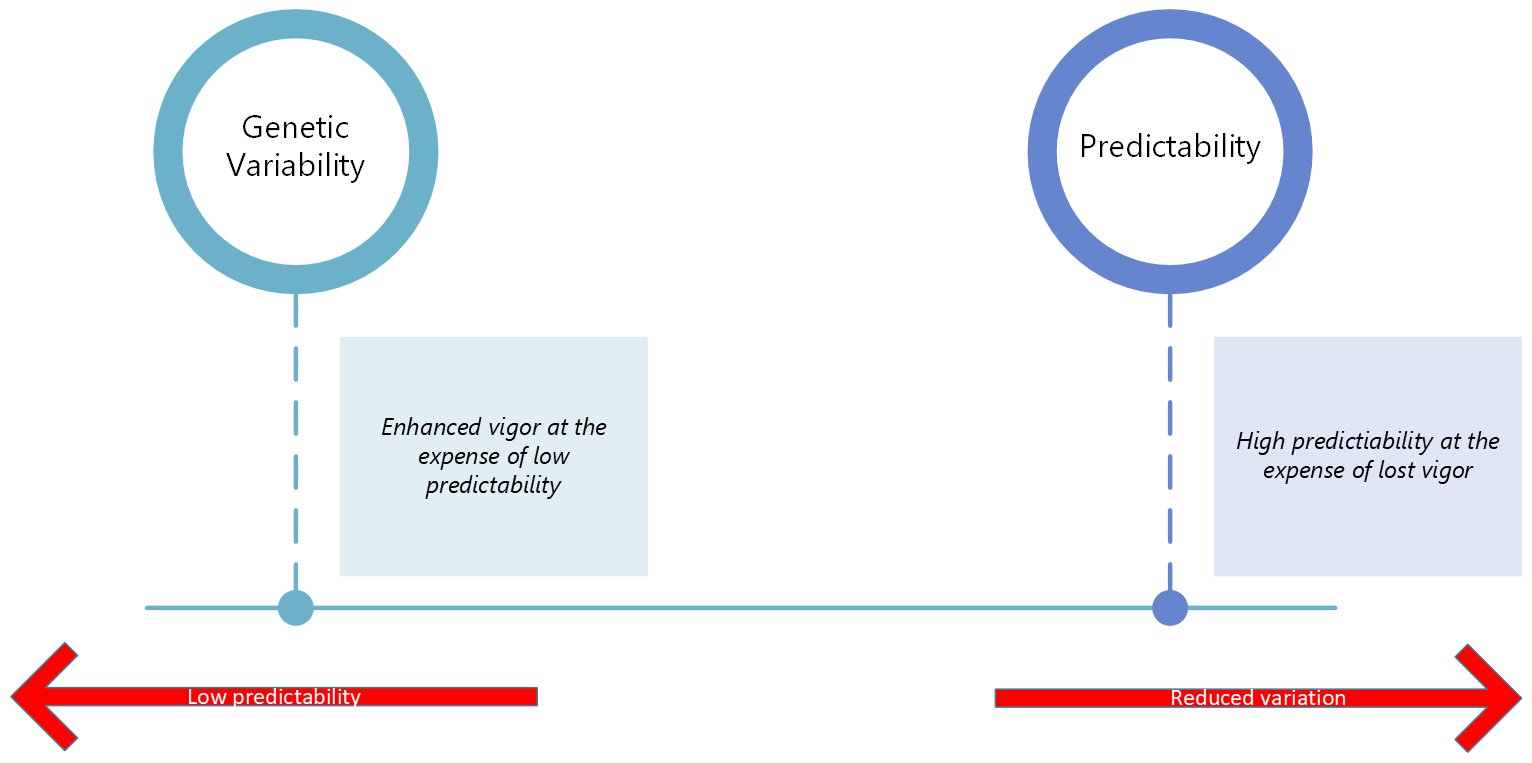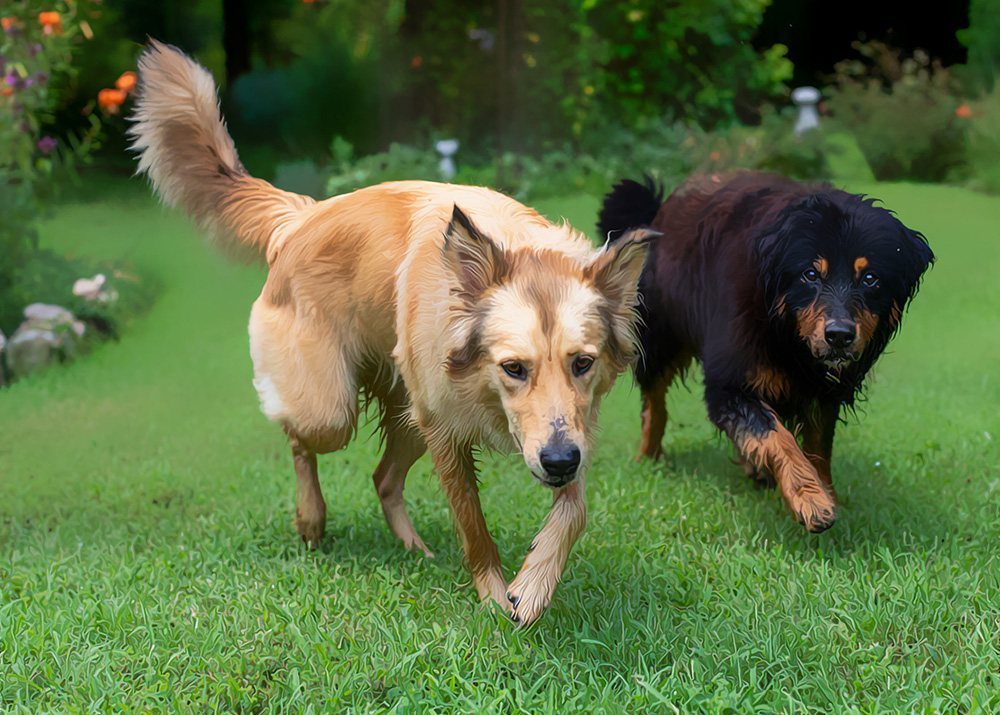English Shepherd Breed Equilibrium Through Distinct Bloodlines
In any breed population, genetic diversity is a key factor in ensuring the breed’s health and longevity. This diversity is often maintained through the presence of distinct bloodlines within the breed. A bloodline represents the lineage of a dog, tracing its heritage back through many generations. Each bloodline can carry specific traits, abilities, and sometimes … Read more


